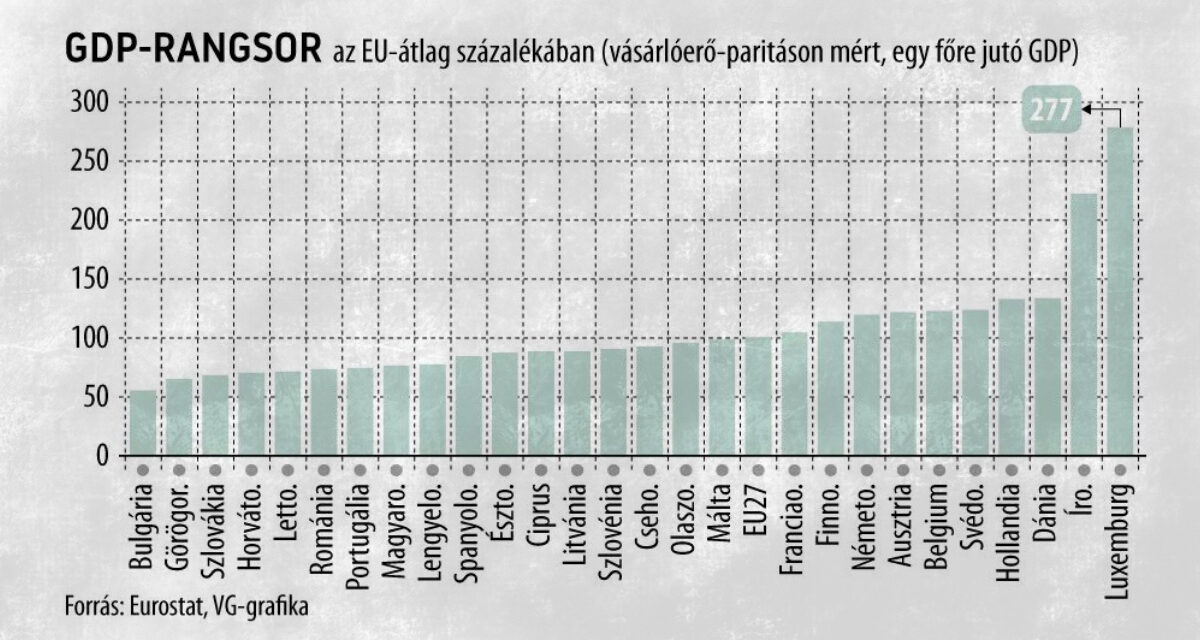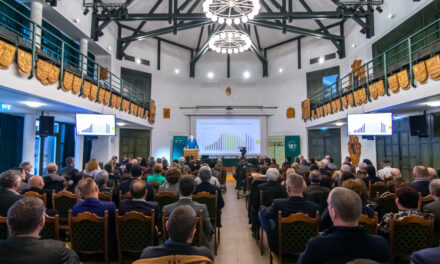Hungary thus achieved the greatest development among the Visegrad countries, since while Poland's catch-up was 1 percentage point, the Czech Republic and Slovakia moved away from the average by 1 and 2 percentage points. The paper notes: perhaps even more important is that
Hungary overtook Portugal, which has been an EU member since 1986, moving up one place in the GDP ranking.
After evaluating the data, Gábor Regős, the head of the macroeconomic business department of Századvég Konjunktúrakurtátó, considered it important to dispel the misconception that Romania had overtaken Hungary, as he said, despite its strong catch-up, Romania was two places behind us in 2021, and its catch-up was also slower.
He explained that the process of Hungarian catch-up since 2008 is characterized by duality, in the first phase from 2008 to 2017 we barely got closer to the EU average (from 64 percent to 69 percent), while between 2017 and 2021 the catch-up was much more intense 6 percentage points closer.
" On the one hand, this shows the lingering effect of the 2008 crisis, and on the other hand, it refutes the belief that the growth of recent years stems only from favorable external conditions or from EU funds, since there were EU funds before," the analyst told Világgazdaság .
MTI
Photo: Eurostat













